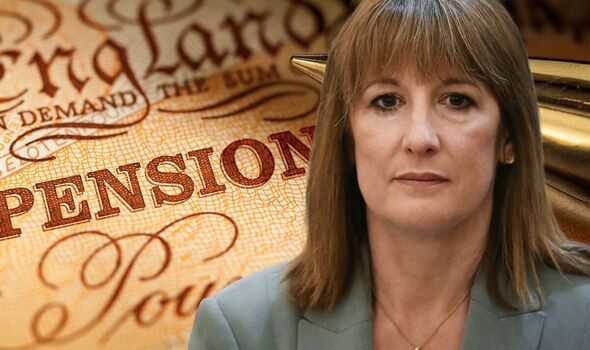A significant financial shift is on the horizon for millions of state pensioners across the UK, as forthcoming changes are set to bring them into the income tax bracket, even if their state pension is their sole source of income. This impending development stems from the interplay of the government’s guaranteed pension increases and a prolonged freeze on income tax thresholds, creating a scenario where state pension payments will eventually exceed the personal allowance.
At the heart of this change is the “triple lock” mechanism, a government commitment to raise the state pension annually by the highest of three figures: average earnings growth, inflation (as measured by the Consumer Prices Index), or a guaranteed 2.5 percent. This policy, though sometimes debated for its cost implications, ensures that state pension values generally keep pace with economic changes, aiming to protect pensioners’ purchasing power.
However, while the triple lock boosts pension payouts, the personal allowance – the amount of income an individual can earn before paying tax – has been frozen at £12,570 since 2021 and is set to remain so until at least April 2028. This divergence means that as the state pension rises, it will inevitably cross this static tax threshold, effectively drawing more pensioners into the tax system without any increase in their other earnings.
Specifically, expert analysis from Steve Webb, a partner at pensions firm LCP, predicts that the state pension is guaranteed to surpass the current income tax personal allowance by April 6, 2027, coinciding with the start of the new tax year. This means that for the first time, individuals relying solely on the state pension will find a portion of their income subject to taxation.
To illustrate the impact, the full new state pension currently stands at £11,973 per year for those with a complete National Insurance record. While this figure presently sits just below the £12,570 income tax threshold, the consistent increases mandated by the triple lock, projected to be at least £236 in April 2026 and £241.90 in April 2027, will push the annual payout to approximately £12,578. This slight but significant rise of just £8 above the threshold will trigger tax liability for an estimated hundreds of thousands of pensioners.
Although the initial tax bill for some could be as low as £1.60 annually on the £8 taxable amount, the core issue lies in the principle: state pensioners, whose only income is their pension, will become taxpayers. This situation is likely to perpetuate and intensify if the personal allowance remains static or increases at a slower rate than the state pension, leading to progressively higher tax burdens in subsequent years for this demographic.
The current government has maintained a freeze on tax thresholds, a policy Labour has also pledged to continue until 2028. This presents a political dilemma, as the prospect of all state pensioners facing income tax could generate significant public debate and pressure for policy revisions. Increasing the personal allowance is one potential solution that could alleviate this impending tax burden and avoid widespread discontent among a crucial voting bloc.






Leave a Reply